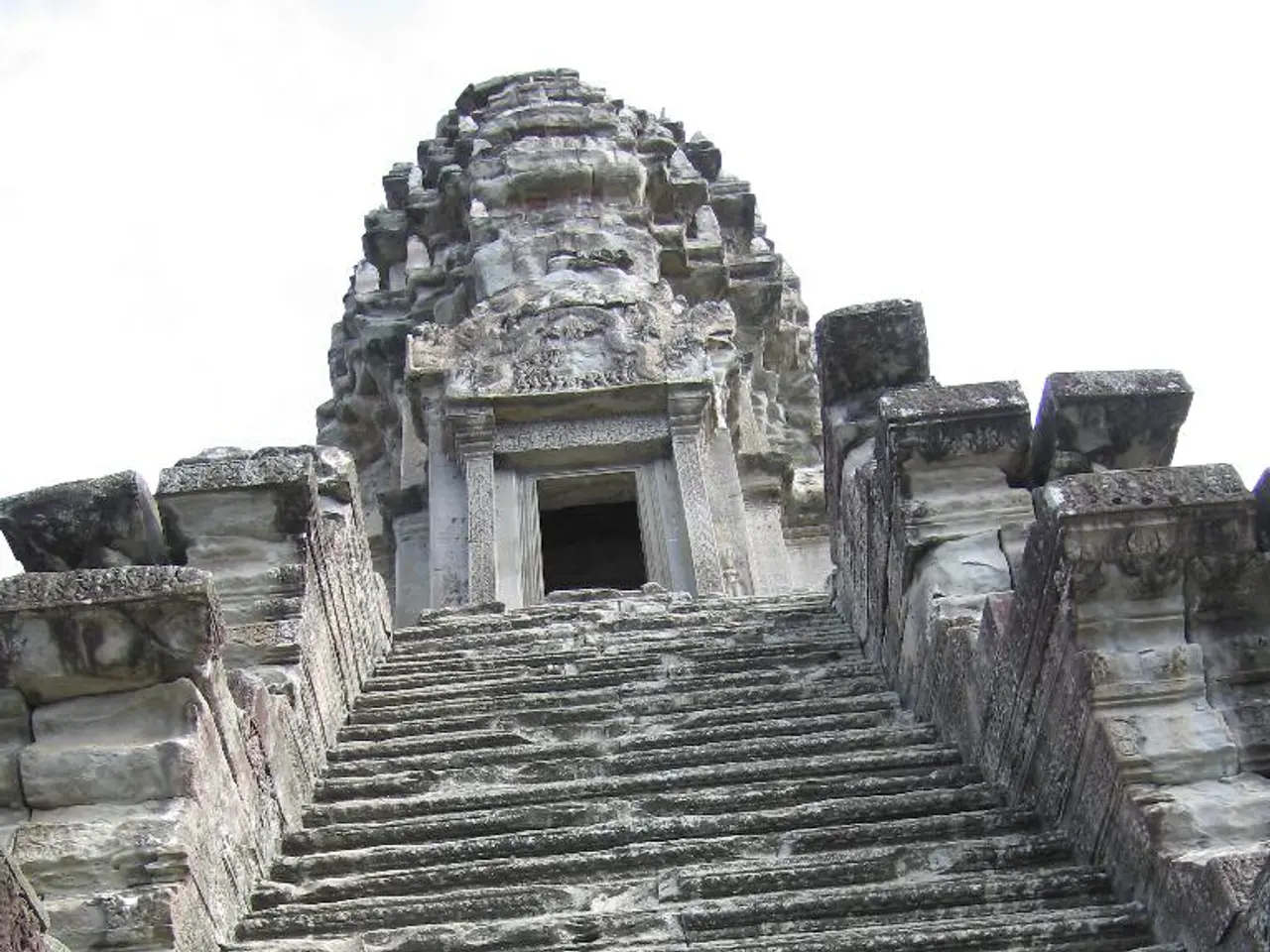Once upon a time, the role of Corsica's capital was held by a metropolis steeped in antiquity - a Roman city that boasts impressive ruins from its past glory.
Nestled on the eastern coast of Corsica, Aleria, originally known as Alalia, has a rich and fascinating history that spans over two millennia. Founded by Phocaean colonists in the 6th century BC, this ancient city flourished as a key port and hub for trade and military operations, making it the historical capital of Roman Corsica.
Aleria's strategic location and its Greek origins contributed significantly to its early importance. The city served as a nerve center of commerce, playing a crucial role in the region's cultural and economic development. As the centuries passed, Aleria was taken over by the Etruscans and later, the Romans, who renamed it Aleria in 259 BC.
Under Roman rule, Aleria continued to thrive. Other towns like Mariana were founded, but Aleria remained the main urban center during the Roman period. Roman structures such as a forum, baths, shops, and houses were built, and the city was elevated to the rank of capital of Corsica by Augustus.
The archaeological site in Aleria, first described by Prosper Mérimée in 1839, is a testament to the city's rich history. Excavations have been conducted since then, unearthing treasures such as Greek vases, weapons, jewelry, sculptures, mosaics, Etruscan statuettes, and domestic ceramics, among other objects discovered in Aleria. A major discovery was made in the 1960s with the discovery of 200 tombs in the pre-Roman necropolis.
Today, visitors can explore Aleria's past at the Departmental Museum Jérôme Carcopino, located in the Fort de Matra, an ancient fortress dating from the 16th century. The museum houses a collection of artefacts that provide a glimpse into Aleria's history.
Aleria is also home to several emblematic beaches such as Casabianda, Padulone, and Tallone, making it a popular destination for tourists. The Sale Lagoon, an ornithological reserve and Natura 2000 site, is another attraction worth visiting.
However, Aleria is perhaps best known for the events of August 1975, when Corsican nationalist militants occupied a wine cellar to protest against fraud and the implantation of Algerian repatriates. This event, which resulted in two deaths among the security forces and one serious injury on the protesters' side, remains a significant part of the city's modern history.
Despite its turbulent past, Aleria continues to captivate visitors with its historical charm and natural beauty. A visit to this ancient city offers a unique opportunity to step back in time and experience the rich history of Roman Corsica.
As a tourist exploring Aleria, one can delve into its historical charm by visiting the Departmental Museum Jérôme Carcopino, which showcases artifacts from its Roman period and broader history. Simultaneously, one can enjoy Aleria's natural beauty by relaxing on its popular beaches like Casabianda, Padulone, and Tallone, or by visiting the Sale Lagoon, an ornithological reserve.




